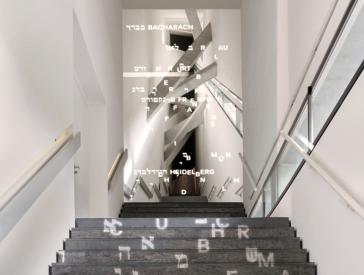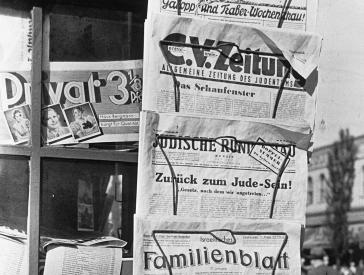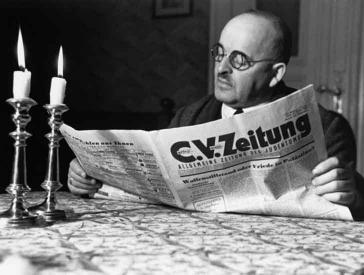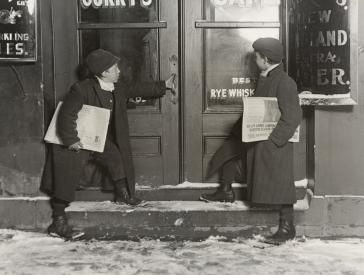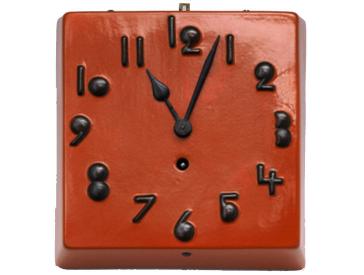The papers of Paula Straus, goldsmith and designer, are donated to the Jewish Museum Berlin
Press Information
Press Release, Mon 20 Apr 2015
The papers of Paula Straus (1894–1943), one of Germany's first female industrial designers, have been donated to the Judaica collection of the Jewish Museum Berlin. The gift includes more than 500 letters, photographs, and drawings for silver objects, jewelry, and Judaica, which give insight into Straus’s creative work. As a woman gold and silversmith during the "Golden Twenties" in Germany, Paula Straus was a pioneer in a male-dominated field. She not only made individual luxury objects, but also designed silver goods for serial, industrial manufacture.
- Kontakt
-
Press office
T +49 (0)30 259 93 419
presse@jmberlin.de - Address
Jewish Museum Berlin Foundation
Lindenstraße 9–14
10969 Berlin
A modern designer rediscovered
Paula Straus was rediscovered only recently, through exhibitions at the Badisches Landesmuseum Karlsruhe and the Bröhan Museum, Berlin. Born in Stuttgart in 1894, she was one of the very first women in Germany to qualify as a gold and silversmith, completing her training at the renowned school of applied arts in Stuttgart. She would go on to qualify as a master craftswoman, under the tutelage of Paul Haustein. In 1925, the president of the Deutscher Werkbund (German association of craftsmen), Peter Bruckmann, Jr., employed her in the design studio of his silver factory in Heilbronn. There she created more than 100 designs for silverware (coffee and tea sets, candlesticks, pitchers, tureens, bowls, cutlery, etc.), Christian ceremonial objects, and Judaica, some of which were still being produced after 1945. In 1933, following the Great Depression and the drop in demand for silver goods, she lost her job at the Bruckmann silver factory and went to work at the Württembergische Metallwaren-Fabrik (WMF) for just under a year.
Despite increasingly severe anti-Jewish legislation of the Nazi regime, Paula Straus continued to work as a goldsmith. Her sister Lilly managed to immigrate to New York, but her own attempt to immigrate to the Netherlands was unsuccessful. In 1942, she was deported to Theresienstadt, and on February 10, 1943, she was murdered in Auschwitz. Prior to her deportation, she had managed to place her work with non-Jewish acquaintances.
The Judaica and Applied Arts Collection of the Jewish Museum Berlin
Comprising more than 1,300 objects, the Judaica and Applied Arts collection documents German-Jewish history and culture through ritual and everyday objects. The collection includes significant objects for ceremonial use, made in a diversity of materials, such as textile, paper, and metal. The Judaica department is constantly expanding its collection, especially in the area of applied arts. Its emphasis is on objects from the early twentieth century -designed or produced by German Jews – and range from finely handcrafted ceramics or silverware to representative examples of mass-produced goods. The collection encompasses innovative ceramics by Margarete Loebenstein Marks, arts and crafts from the Reimann School of Art and Design in Berlin, as well as work by Emmy Roth, a master silversmith and contemporary of Paula Straus.
